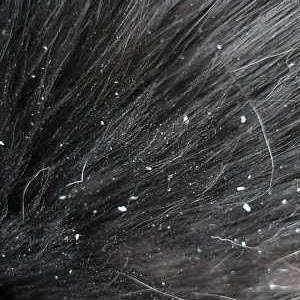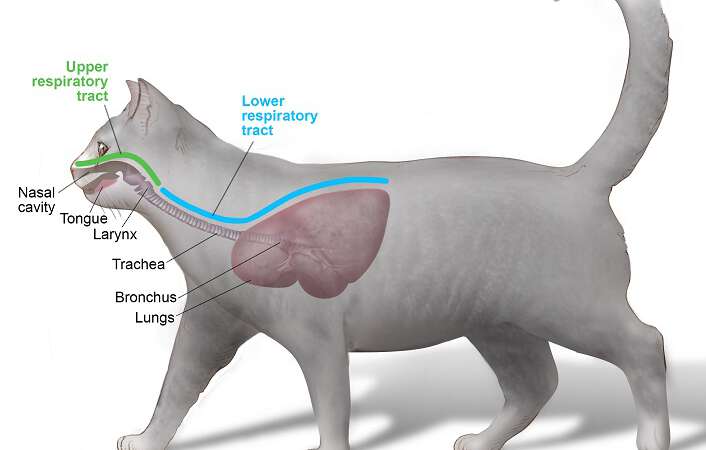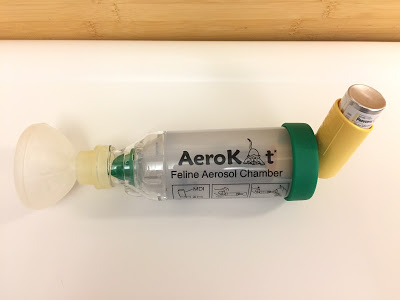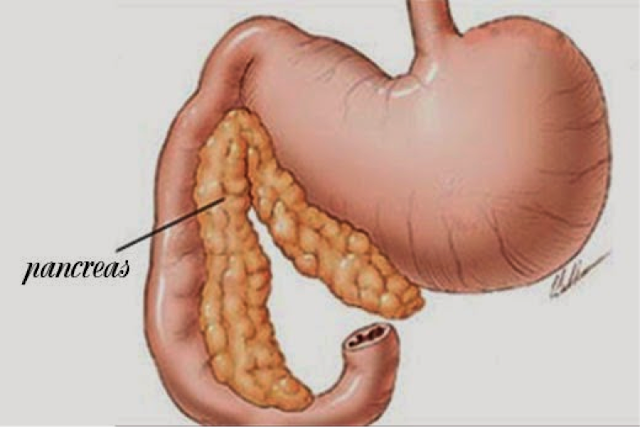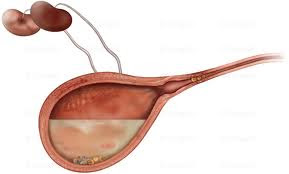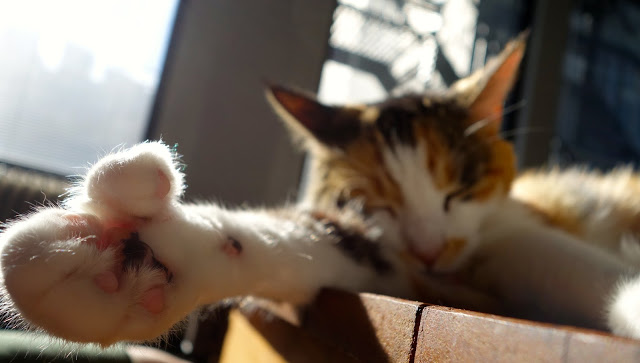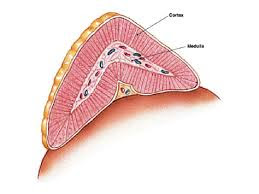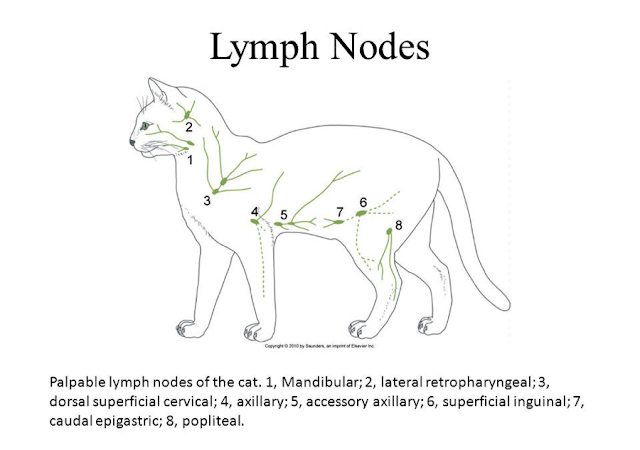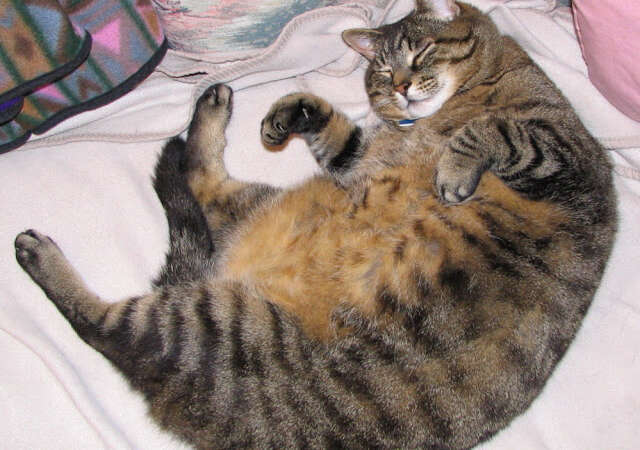Cats are meticulous about their appearance. They take grooming seriously, and most cats maintain a beautiful, spotless hair coat. Occasionally, however, cats will develop (horror of horrors)… dandruff! Of course, dandruff – dry, dead skin cells that flake off from the skin – isn’t a cause of social embarrassment in cats that it is in humans. They couldn’t care less. In most cases, dandruff…
